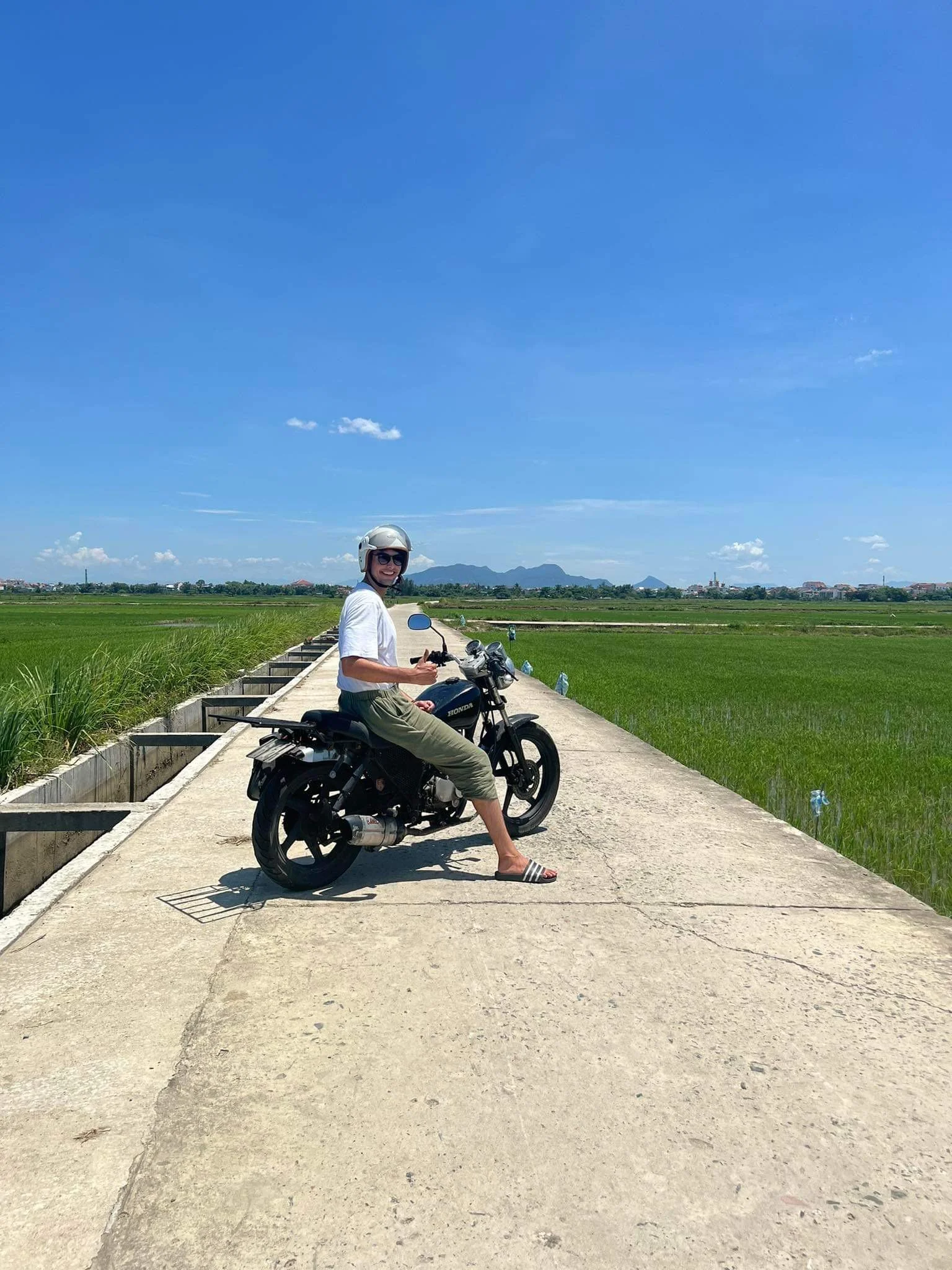Trẻ Trâu: The 'Young Buffalo'/Lad Phenomenon in Vietnamese Culture
Source: google images
Trẻ Trâu simply means ‘Young Buffalo.’ The connotations of an adolescent male buffalo are obvious: young, erratic, competitive, energetic, aggressive, unpredictable, and arrogant. It’s fitting that the Vietnamese use this term to describe a sub-group of people, particularly young men or teenagers who exhibit these traits.
This term can describe anyone who fits the socially abrasive traits listed above. Typically, this character can be likened to the archetype of a ‘Lad’ (in the UK) or a ‘Frat Boy’ (in the US). This blog aims to explore the Trẻ Trâu sub-culture, its use in Vietnamese society, and its similarities to parallel hyper-masculine sub-groups around the world.
The Trẻ Trâu in the Vietnamese Context
At first, my Vietnamese friends jokingly referred to me as a Trẻ Trâu because of attention-drawing behaviors I may have unconsciously displayed, like driving fast on my motorbike or cracking jokes at the nhậu (drinking table). Over time, I discovered that true Trẻ Trâu in Vietnam are easy to identify, often in two common scenarios:
Young men driving modded motorbikes in large, noisy groups, often riding dangerously.
Loud groups of young men, often dressed alike, gathering in public spaces, street coffee shops (giải khát), or at quán nhậu (local drinking establishments).
Although the term is largely derogatory, it can also be used playfully among friends. In my experience, it’s most commonly heard in situations where young men gather in groups and draw excessive attention to themselves. For example, I’ve lost count of the times I’ve been woken late at night by the roaring vibrations of 10+ modified Yamaha and Honda bikes zooming down the road, their riders yelling over the engines, oblivious to the neighborhoods they pass. Quietly, my partner, eyes half-open, would mutter, “Trẻ Trâu.”
Such behavior is clearly attention-seeking; why else would someone modify an engine to sound so loud on an otherwise unimpressive bike? The line between a gang and Trẻ Trâu can blur at times, but there’s a distinction: these young men are often still in school, unmarried, and living with their parents. They’re not career criminals, just boys acting out.
Behavioral Comparisons to Lad Culture
The behaviors of Trẻ Trâu in Vietnam share striking similarities with Lad and Frat culture. These sub-cultures all exhibit hyper-masculine, attention-seeking behaviors and are dominated by young men from relatively stable financial and household backgrounds.
For instance, in the UK, groups of lads can be spotted at pubs on weekends, downing pints, talking loudly, or singing, often acting antisocially, potentially escalating to fights. Similarly, a group of Trẻ Trâu might be doing the same at a local quán nhậu. In Japan, the term Yankii describes loud, rebellious youths causing public disturbances.
Key traits shared across these sub-cultures include:
Humor and Banter: A focus on jokes, often inappropriate or offensive, under the guise of “just a laugh.”
Excessive Drinking: Heavy alcohol consumption is central to socializing.
Disinterest in Academic or Cultural Pursuits: Prioritizing leisure and partying.
Group Identity: A strong sense of camaraderie, often exclusionary or intimidating to outsiders.
This phenomenon of hyper-masculine group behavior is timeless and universal, yet it’s fascinating to see how it manifests differently across cultural contexts.
Social Perception and Modern Usage in Vietnam
As mentioned earlier, the use of the term Trẻ Trâu varies depending on the context:
Among friends, it’s playful and harmless.
Among strangers or in formal settings, it’s a strong insult, implying immaturity and a lack of sophistication.
Interestingly, Trẻ Trâu is not exclusively used for young men. Locals sometimes use the term for women exhibiting attention-seeking behaviors that align with traditionally masculine traits, such as excessive drinking. I’ve overheard phrases like, “She’s a Trẻ Trâu girl.”
Unlike the term Bánh Bèo (which I explored in a previous blog post), Trẻ Trâu carries more weight. Using it carelessly can draw unwanted attention, so tread carefully when using this phrase.
Personal Reflection
I was both surprised and not surprised to find a ‘Lad-like’ sub-culture in Vietnam. It surprised me because Vietnamese society is traditionally more conservative than some of its Southeast Asian neighbors, and you might assume that such behaviors would be ‘controlled.’ On the other hand, groups of young men showing off is a universal phenomenon, anything but surprising.
For me, being regarded as a “young buffalo” makes sense. I’m relatively young, and my zodiac sign is the Buffalo/Ox, so quite literally, I am a young buffalo! Looking back, it’s easy to see how foreigners like myself, adjusting to life in Vietnam, might inadvertently exhibit Trẻ Trâu traits. In retrospect, I find the label both accurate and hilarious.
In the UK, perhaps we should adopt a more animal-based term to describe ‘Lads.’ We do use “Young Buck,” but it has more positive connotations. Maybe something like “Young Rooster” would capture the loud, cocky behaviors often associated with the archetype.
Me as a Trẻ Trâu
Find this interesting? Follow my Instagram to stay updated for new blog post announcements!




